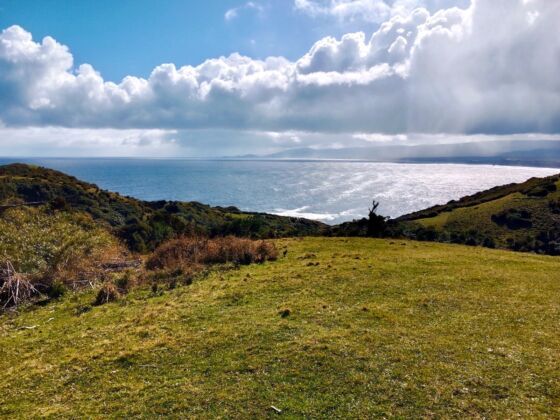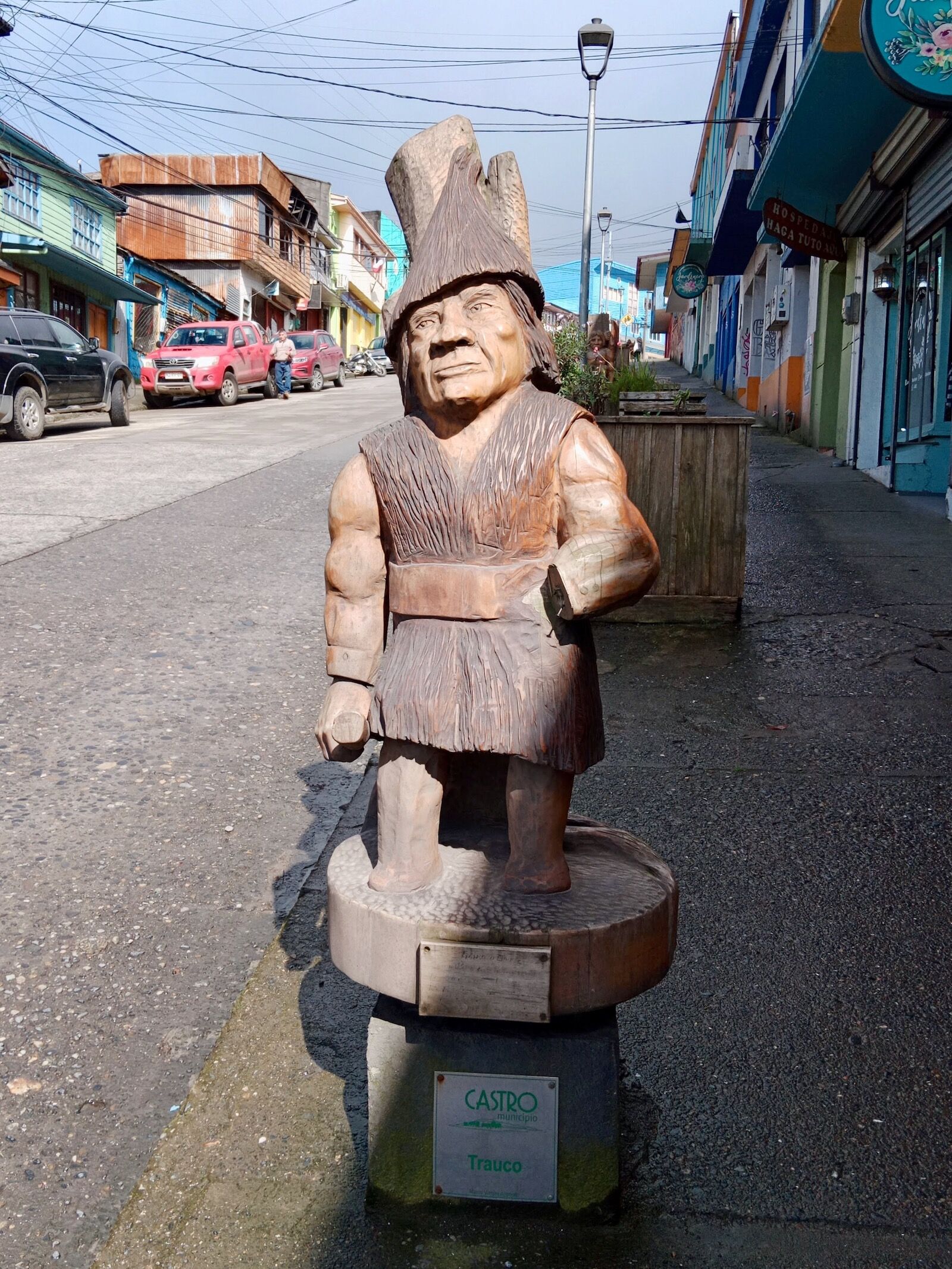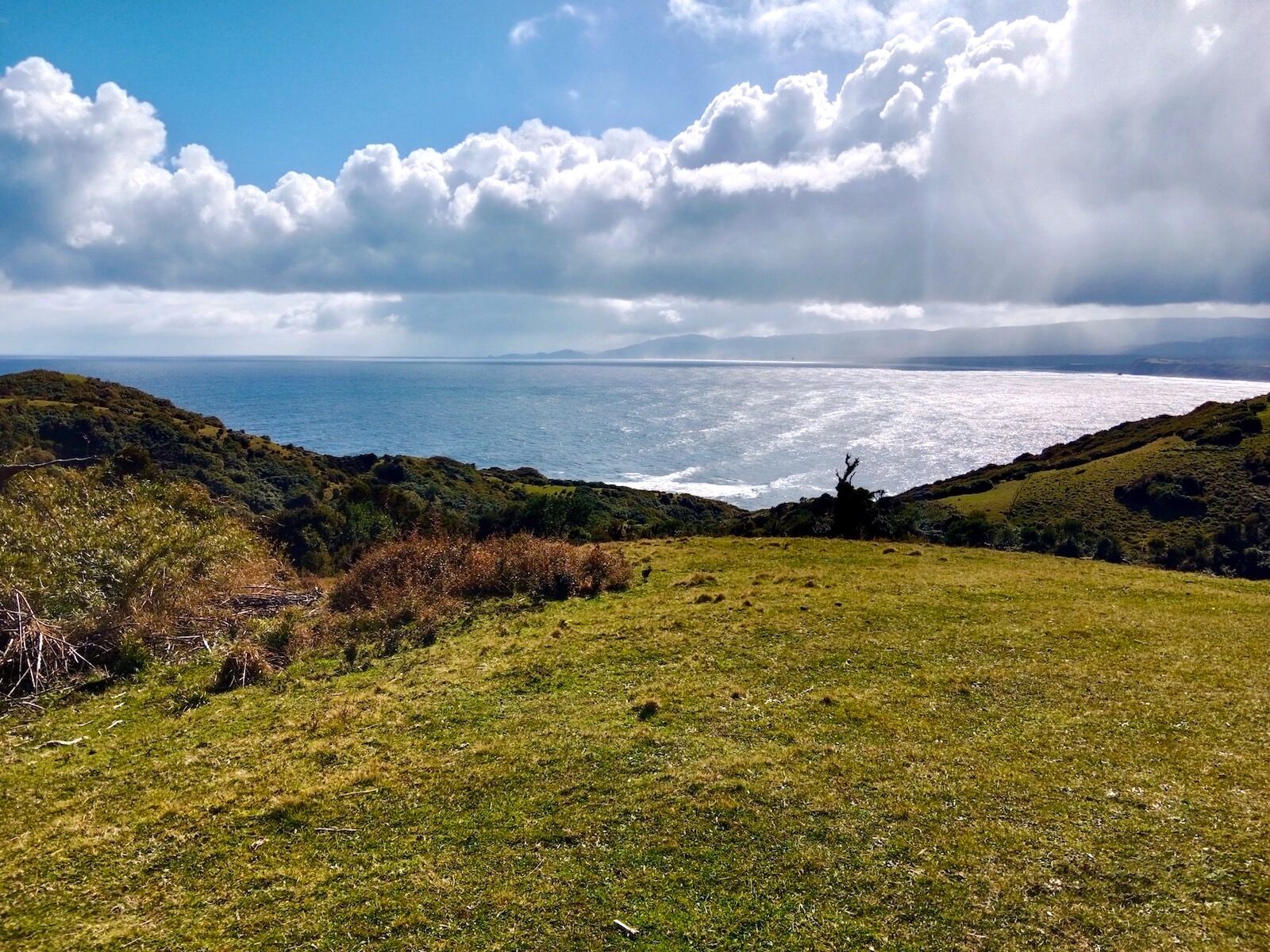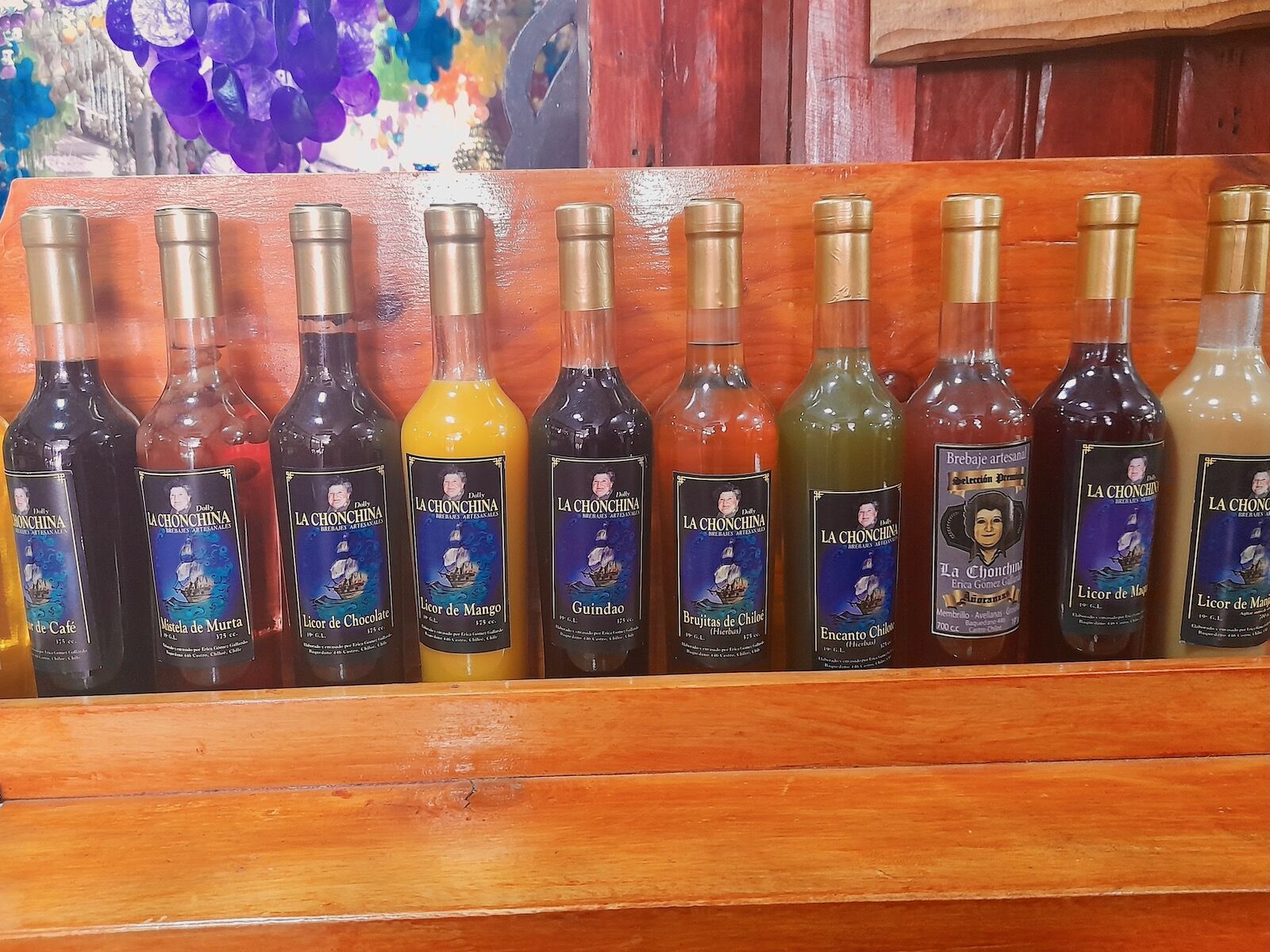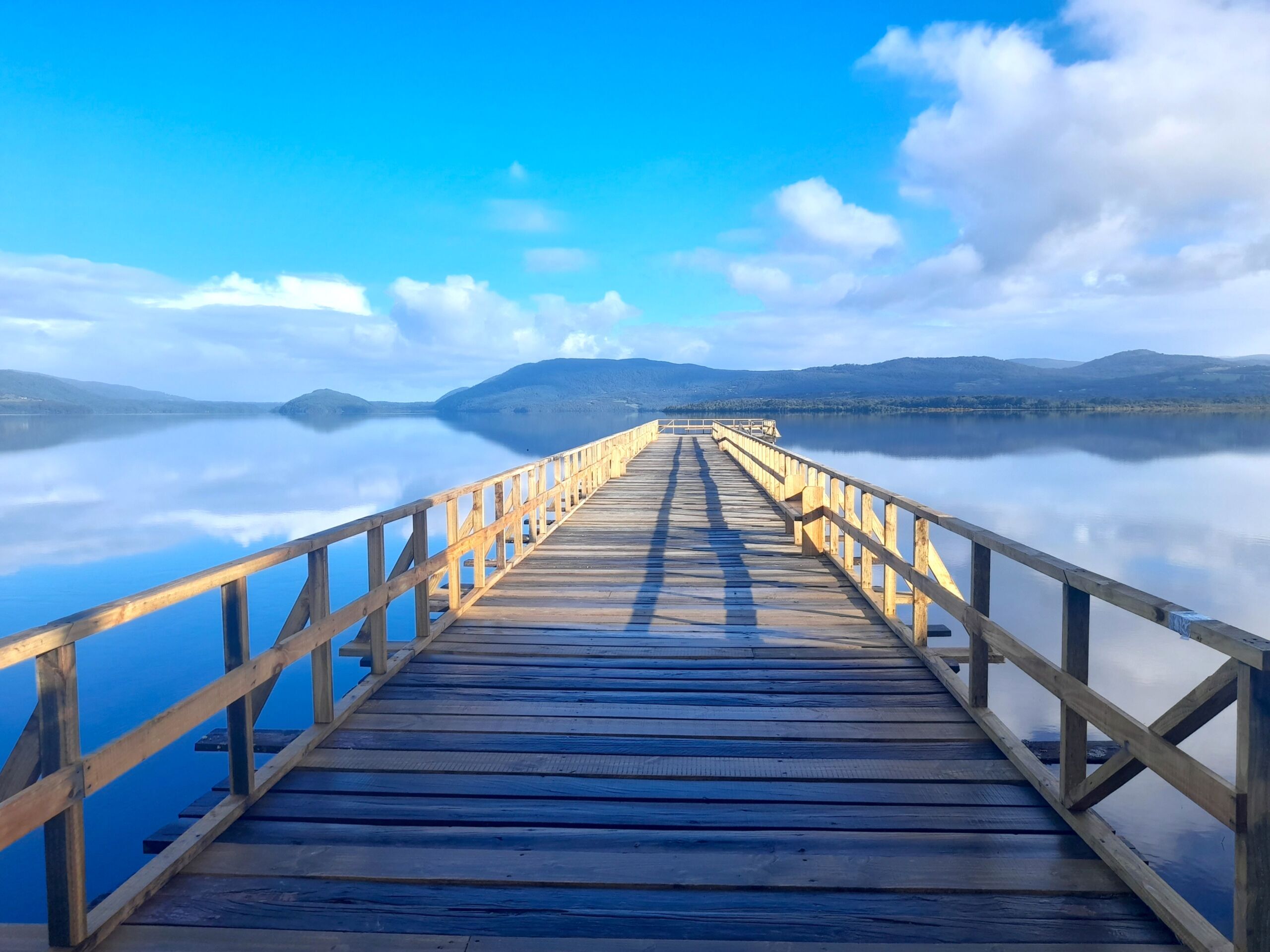You have a phantom ship named Caleuche to thank for the haze obscuring Chiloé from sight as you sail from mainland Chile. Chilotes say this enchanted galleon travels underwater at breakneck speeds, shapeshifts to avoid detection, and rewards local merchants with booty when they dare strike a deal with its crew of wizards. Even if you don’t believe in sorcery and superstition, this mysterious archipelago will disarm you with its rugged wilderness and charming fishing villages.
Isla Grande de Chiloé, Chile’s second-largest island, is part of the southern Los Lagos Region. Its relative isolation kept Spanish influences at bay and even today, indigenous Huilliche and Chono culture remains strong. Following the same climate pattern as the Pacific Northwest, frequent rainfall nourishes the temperate rainforests edging the western coast and southern wetlands. This probably bears some responsibility for those ethereal fogs but you’ll not be able to resist keeping watch for maverick ghost ships when mist draws in.
